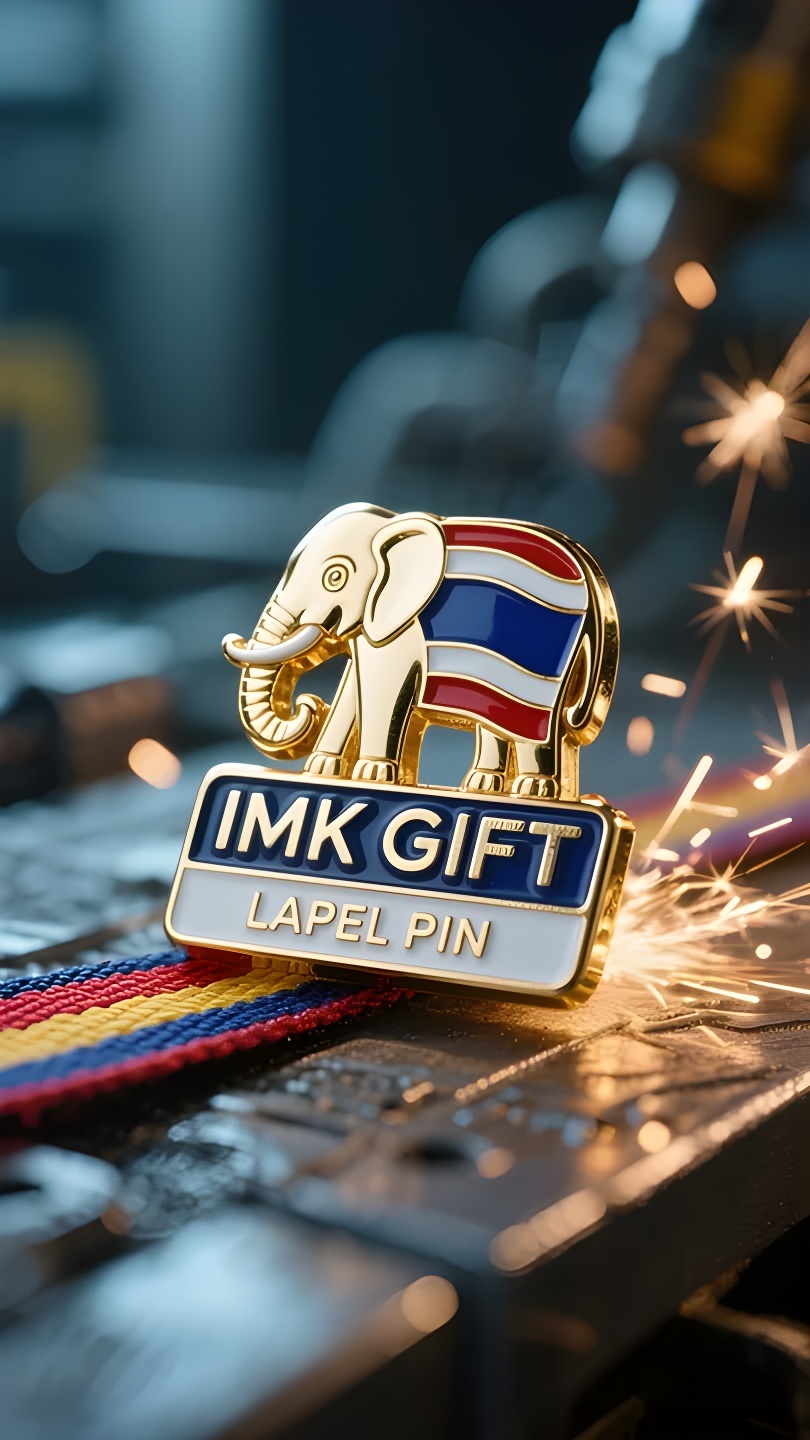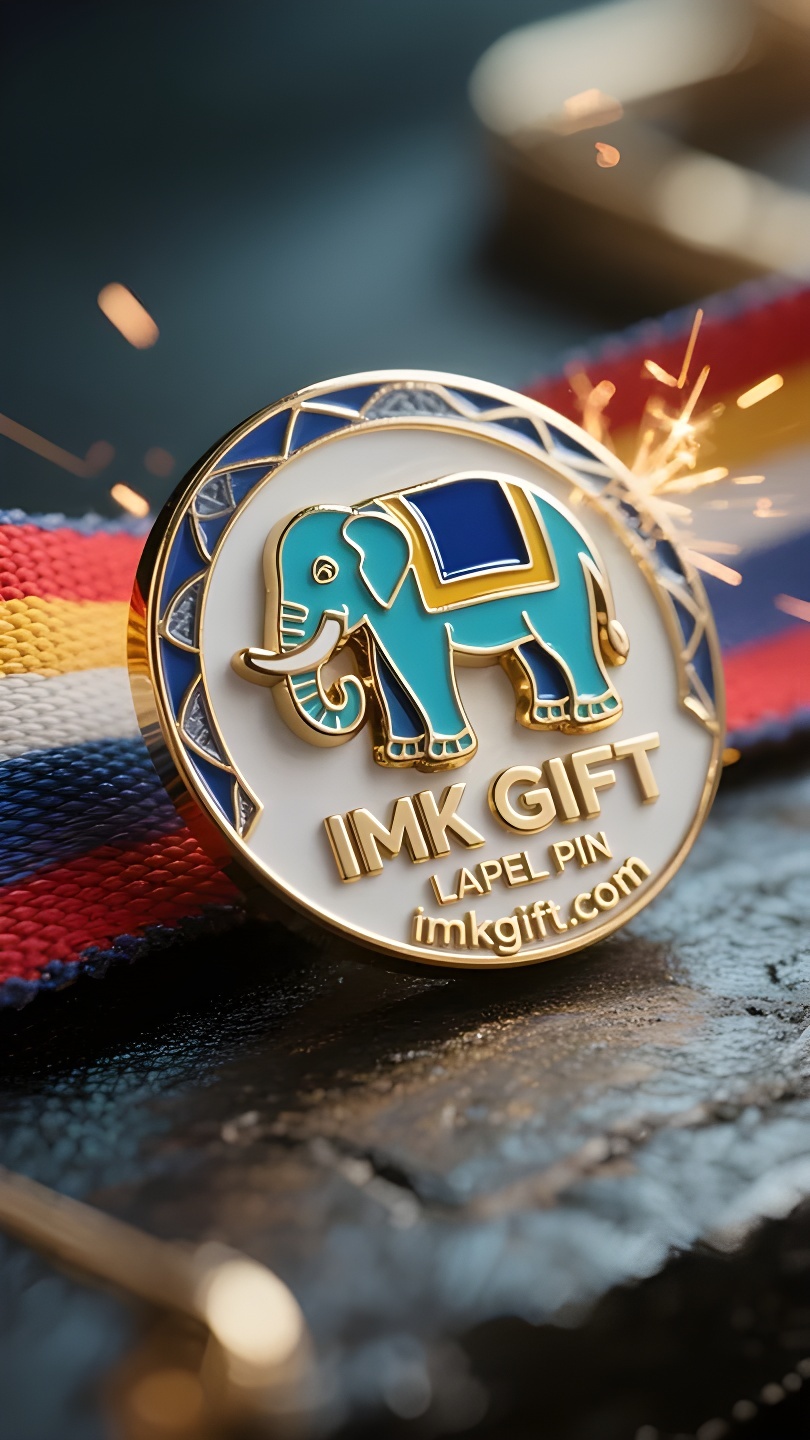in998-เส-นไหมและต-นช-าง-ความเข-มแข-งของจ-ตว-ญญาณชาต-ไทย
▼
ในเดือนตุลาคม ประเทศไทยเป็นวันเฉลิมฉลองวันคล้ายวันสวรรคตของพระบาทสมเด็จพระปรมินทรมหาภูมิพลอดุลยเดช รัชกาลที่ ๙ สีแดง ขาว น้ำเงิน ของธงชาติ ทอดยาวในสายลม เสมือนเส้นยืนและเส้นพุ่งที่ทอเอกลักษณ์ของชาติ สีแดง หมายถึง ความกระตือรือร้นของผู้คน สีขาว หมายถึง ความบริสุทธิ์แห่งศรัทธา และสีน้ำเงิน หมายถึง ความคุ้มครองจากราชวงศ์ ผ้าที่ทอด้วยเส้นไหม 3 เส้นนี้ เปรียบเสมือนเสียงสะท้อนอันกลมกลืนของพลังต่างๆ ในสังคมไทย เมื่อคุณหันไปมองช้างศักดิ์สิทธิ์สามเศียรบนสัญลักษณ์ประจำชาติ หลังคาทรงเจ็ดชั้นที่รองรับด้วยงาช้างจะซ่อนความลับไว้: งาช้างเป็นสัญลักษณ์ของภูมิปัญญาในการฝ่าฟันอุปสรรค เท้าของช้างเป็นสัญลักษณ์ของความเพียรพยายามในการหยั่งรากลงในดิน และหลังคาทรงเจ็ดชั้นนี้สอดคล้องกับแนวปฏิบัติ “ปัจจัยแห่งการตรัสรู้ 7 ประการ” ของพุทธศาสนา โทเท็มแห่งราชวงศ์สุโขทัยนี้บอกเล่าถึงปรัชญาการเอาตัวรอดของคนไทยที่ว่า “อ่อนโยนแต่เข้มแข็ง” มีทั้งความอ่อนโยนและความอดทนเหมือนช้างในการตักน้ำ และความกล้าและมุ่งมั่นเหมือนช้างในการอพยพ ประเทศไทยในปัจจุบันเปรียบเสมือนฝูงช้างที่เดินป่าในฤดูฝน ต้องลุยน้ำโคลนจากการเปลี่ยนแปลงทางเศรษฐกิจระดับโลก ขณะเดียวกันก็ต้องปกป้องแหล่งน้ำแห่งวัฒนธรรมดั้งเดิม แต่เมื่อเราพิจารณาดูเส้นแวงและละติจูดของธงชาติและตีนช้างของตราแผ่นดิน เราจะเข้าใจว่า ความสามัคคีดุจเส้นไหมจะทอเป็นม่านที่ต้านทานลมและฝนได้ และความมุ่งมั่นดุจเท้าช้างจะปูทางสู่แสงสว่างได้อย่างแน่นอน พลเมืองทุกคนคือเส้นไหมที่ทอเส้นยืนและเส้นพุ่งและเป็นกล้ามเนื้อที่รองรับเท้าช้าง มรดกทางจิตวิญญาณที่ส่งต่อกันมานับพันปีกำลังรอให้เราเขียนมหากาพย์อารยธรรมเรื่องใหม่
In October, Thailand welcomed the anniversary of King Bhumibol Adulyadej of Rama IX. The red, white and blue colors on the national flag spread in the wind, like the warp and weft of the national character. Red symbolizes the enthusiasm of the people, white shows the purity of faith, and blue carries the protection of the royal family – these three kinds of silk interwoven with each other are just like the harmony and resonance of different forces in Thai society. When the eyes move to the three holy elephants on the national emblem, the seven-layer canopy supported by ivory hides a mystery: ivory symbolizes the wisdom of breaking through obstacles, elephant feet represent the perseverance of taking root in the earth, and the seven-layer canopy corresponds to the practice of the “Seven Factors of Enlightenment” in Buddhism. This totem from the Sukhothai Dynasty tells the survival philosophy of the Thai nation of “softness with strength” – there is both the gentle tolerance of elephants when drawing water, and the courage and determination of elephants when migrating. Today’s Thailand is like a herd of elephants trekking in the rainy season, which must not only cross the muddy of global economic changes, but also protect the water source of traditional culture. But when we gaze at the longitude and latitude of the national flag and the elephant’s foot of the emblem, we will understand that the unity of silk thread will eventually weave a veil to resist wind and rain, and the determination of the elephant’s foot will surely pave the way to light. Every citizen is the silk thread that weaves the longitude and latitude, and the muscles that support the elephant’s foot. This spiritual heritage passed down for thousands of years is waiting for us to continue writing a new epic of civilization.
十月的泰国迎来拉玛九世普密蓬国王纪念日,国旗上的红白蓝三色在风中舒展,如同织就民族品格的经纬。红色象征人民的热忱,白色昭示信仰的纯粹,蓝色承载王室的守护——这三种丝线交织的布帛,恰如泰国社会不同力量的和鸣共振。
当目光移向国徽上的三头圣象,象牙托举的七层华盖暗藏玄机:象牙象征破除障碍的智慧,象足代表扎根大地的坚毅,七重华盖对应佛教”七觉支”的修行之道。这尊源自素可泰王朝的图腾,诉说着泰民族”柔中带刚”的生存哲学——既有大象汲水时的温润包容,亦存象群迁徙时的果敢决绝。
今日的泰国正如雨季跋涉的象群,既要穿越全球经济变动的泥泞,又要守护传统文化的水源。但当我们凝视国旗的经纬与徽章的象足便会懂得:丝线般的团结终将织就抵挡风雨的布幔,象足般的定力必能踏出通向光明的路径。每个国民都是编织经纬的丝线,都是支撑象足的筋肉,这份千年传承的精神遗产,正等待我们续写新的文明史诗。
▼
Contact Us
📞 Tel: +0086-760-85286839
📧 Email: sales3@imkgift.com








